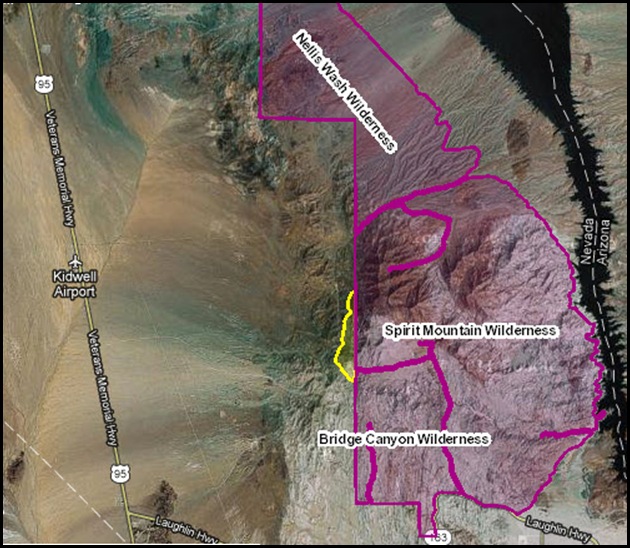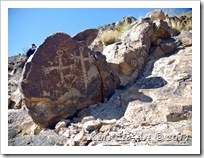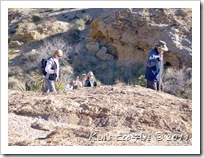FYI - Making Photo Backups As most people I know, over the years I have struggled with a variety of backup programs, from OS backup programs to those that have come free with external hard drives. One that came with my last external hard drive that I started using kept eating up all of my available memory every time it started working in the background. Over time I have tried all of the various backup schemes, full, differential, incremental, rotation, etc. With all of them, I have always be been somewhat leery about using the restore function, and in one case, had it fail when needed. Problem solved! As most people I know, over the years I have struggled with a variety of backup programs, from OS backup programs to those that have come free with external hard drives. One that came with my last external hard drive that I started using kept eating up all of my available memory every time it started working in the background. Over time I have tried all of the various backup schemes, full, differential, incremental, rotation, etc. With all of them, I have always be been somewhat leery about using the restore function, and in one case, had it fail when needed. Problem solved! After a two-week trial period, I decided to use Carbonite, an Internet Cloud storage solution that takes the worry out of backing up by securely and automatically backing up all of my selected files to a state-of-the-art data center on highly reliable disk arrays. Once you install Carbonite, you'll never have to remember to back up again. The automatic backup runs continually in the background, backing up new and changed files whenever your computer is connected to the internet. Carbonite is designed to go to sleep when you’re using your computer so that it doesn’t slow you down. After your initial backup, you shouldn’t notice any impact on the performance of your computer or internet speed. The majority of my backup needs are centered around my photos; creating folders for new folders, editing and changing images, reorganizing, creating slide-shows, etc. Now, no matter what I do, create new files or modify existing ones, Carbonite automatically sends encrypted copies of those files over my high-speed Internet connection to the Carbonite’s data center. The best part, I get as much space as I need – there is no limitation of storage space. With a current database of greater than 350 GB of stored negatives and modified photos, that continues to grow each month, this feature alone makes it worth the price, but that’s not all. I can access any of my backed up files directly from my cell phone and from any computer connected to the Internet. This means I can access any one of my thousands of photos directly from my phone, open it, view it, or attach it to an email and pass it along to anyone I want. Finally, the restore process is the simplest I‘ve ever seen. Your backup files are arranged exactly as they appear on your computer. Simply right-click the folder or file and select “Restore”. Done. All of this, and peace of mind, for $59/year. Such a deal. Check it out here ... Carbonite Online Backup. NOTE: I will admit that if you have several hundred GB’s of files, the initial upload will take days and seem quite slow, however once completed, daily updates are nearly instantaneous. ADDED NOTE: I used to make yearly CD backups of my photos (and other data files). Now I have a 500 GB external drive upon which I make a one-time, year-end copy of the same files that I have backed up to Carbonite, just in case shit happens. |
Sunday
Journal Entry for Sunday, Feb 26th
Tuesday
Journal Entry for Tuesday, Feb 21st
| Hike To Sloan Canyon Got together today with Harvey Smith, one of the guys from the my weekly rock-hound hiking group, and headed out to the Sloan Canyon National Conservation Area, located just a few miles southwest of Henderson. With more than 300 rock art panels containing more than 1,200 individual symbols, this location is one of the premier petroglyph sites in entire state.
Contrary to common belief, most symbols are not spiritual in nature. Some are directional signs placed to mark a trail, identify territory, show the way to water, important places or some other natural or cultural feature. Others identify specific tribes or clans. Some were used to record history such as a memorable hunt or extraordinary deed. Stories were told using symbols to illustrate characters or events. Sometimes they were used as to identify astrological bodies and mark the position and movement of the sun, moon and stars. Many symbols incorporate decorative patterns and designs that had no other meaning or intent, just as some common symbols and designs were used for decoration only in making of pottery and baskets. The spiritual life of the ancients often required the use of many symbols to represent various spiritual meanings in different times and regions, again making them difficult to interpret. Religious ceremonies, stories and sacred beings were depicted. They represent the past and sometimes the future. They tell mysterious stories of old cultures and give life and understanding to the study of a simple, yet complex people who lived in balance with nature and communicated their beliefs, dreams, and reality in symbols. Yet, at the same time they are an enigma, and difficult if not impossible to decipher. To read about this hike and to view pictures and a slideshow, click the following link … Sloan Canyon. Here are some more petroglyph pictures ... Sloan Canyon Petroglyphs.
|
Thursday
Journal Entry for Thursday, Feb 9th
Grapevine Canyon Hike
Daytrip - Spirit Mountain Wilderness Area - AKA Spirit Mountain Daytrip - Bridge Canyon Wilderness Area - AKA Grapevine Canyon | ||
 |
Subscribe to:
Posts (Atom)

